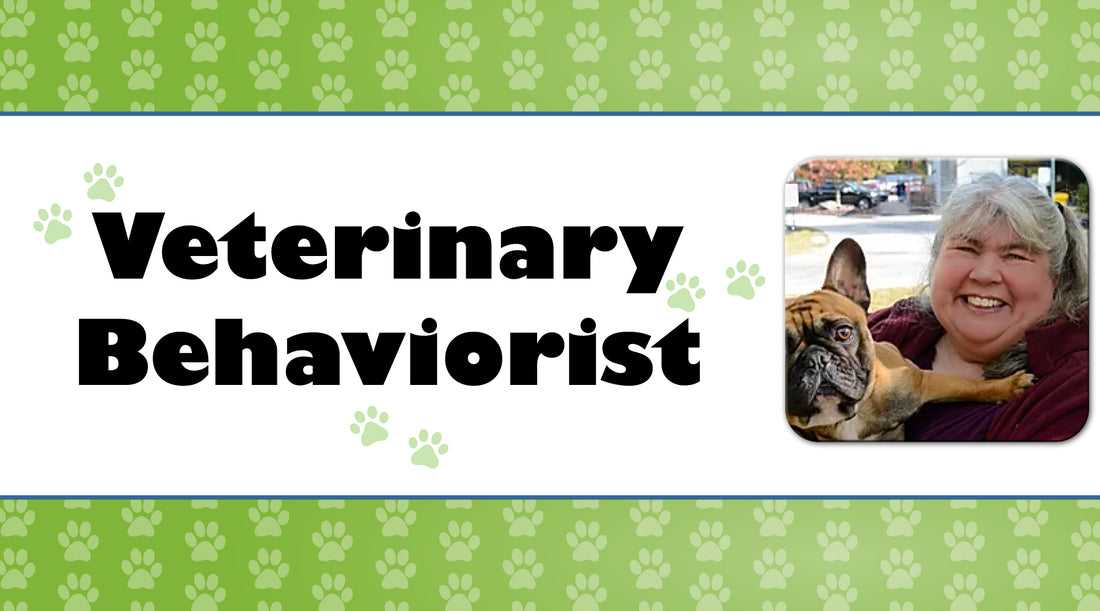Christine D. Calder DVM DACVB
Nail trims are a common request at veterinary hospitals, grooming salons, boarding, and “doggie daycare” facilities. While important for overall health and wellness, nail trims are often a traumatic experience for many dogs.
An abundant amount of information and recommendations can be found on the internet when it comes to nail trims in dogs. It is easy to find advice that ranges from the use of extreme physical restraint to hanging dogs in grooming slings. Neither of these techniques are recommended because they can result in serious injury and emotional distress to your dog. You may even be injured.
Since nail trims involve similar handling and restraint techniques to veterinary examinations and many dogs fear the veterinary visit, it is not surprising many dogs also fear the clippers. On top of that, each toenail contains a collection of sensitive blood capillaries and nerve fibers that hurt when they are cut. Some may even bleed or become infected. All have the potential to increase your dog’s fear or make him dread the entire process.
So, with all the misinformation out there, what is the best way to trim your dog’s nails? When your dog was a puppy, you may have been given advice to spend lots of time touching and squeezing your puppy’s feet and nails to get him “used to having his feet handled”. Is this the best advice? Probably not. For most dogs, this technique tends to “sensitize” your dog to touch rather than “desensitize” him. Touch needs to be a predictor of good things which means adding food before you touch and then continuously feeding as you are touching each individual foot and toe. Food should disappear when that touch ends making it very clear to the dog that touching will always predict good things. A lickable mat or puzzle toy stuffed with food can help make this process easier since there is no delay between your touch and the food.
What if your dog already has a negative association with nail trims? If your dog already becomes stressed during nail trims, the above strategy will not help. Behavior modification will be needed. For some of these dogs, sedation or oral medications may be best if their nails need to be clipped and nails should only be clipped if it is a “true emergency” until after behavior modification takes place.
What can we do in the meantime? One strategy to keeping your dog’s nails trimmed without force is to teach them how to do it themselves. A scratch pad or nail board either purchased or homemade can be used for this. Most dogs will readily offer their paw which then is shaped into scratching the board. Hind feet can be a little more challenging, but if you support the board in front of a stool or step, you can shape your dog to step up and scratch with his hindfeet instead. For dewclaws a PVC pipe cut in half or round packing tape roll with 3M strips can be used instead.
How do we change fear and anxiety surrounding nail trims? The emotions of fear and anxiety often stem from a lack of control, unpredictability, and inconsistency. Therefore, this is what needs to change if we hope to change how a dog feels and behaves when getting his nails trimmed. By providing him with choices and asking for consent, we can accomplish this.
How do we get consent? When asking a dog for consent, we need to make sure he has a choice to say either say “yes” or “no” and that we will listen to either and respect his choice no matter what. Behaviors such as a “chin rest” or stationing to a mat are just two consent behaviors that we teach in preparation for nail trim behavior modification. There are others. By giving your dog a clear way to communicate with us about how he feels without a growl, snarl, snap, or bite then safety is increased, and the handling of the paws, nails, and clippers can begin. Be sure to introduce handling and the clippers slowly making sure to pair each clip with food before moving on to the next. If at any time, your dog raises his head or gets off the mat, then the handling is stopped until consent is given, and the process started all over again. If done correctly, your dog should quickly become more comfortable with the process and stay in position until the end.
If you would like more information about cooperative care techniques, speak with your veterinarian, a veterinary behaviorist, or a qualified trainer for help.

